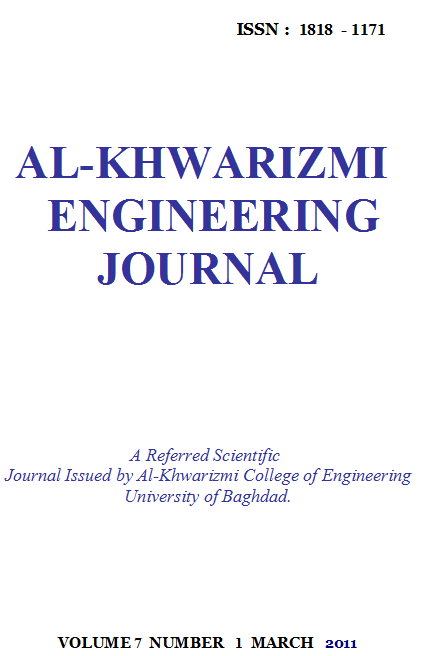Effect of Fuel Cetane Number on Multi-Cylinders Direct Injection Diesel Engine Performance and Exhaust Emissions
Keywords:
CN improver, performance, exhaust emissions, NOx, UBHC, CO, CO2, noiseAbstract
Due to the energy crisis and the stringent environmental regulations, diesel engines are offering good hope for automotive vehicles. However, a lot of work is needed to reduce the diesel exhaust emissions and give the way for full utilization of the diesel fuel’s excellent characteristics.
A kind of cetane number improver has been proposed and tested to be used with diesel fuel as ameans of reducing exhaust emissions. The addition of (2-ethylhexyl nitrate) was designed to raise fuel cetane number to three stages, 50, 52 and 55 compared to the used conventional diesel fuel whose CN was 48.5. The addition of CN improver results in the decrease brake specific fuel consumption by about 12.55%, and raise brake thermal efficiency to about 9%.
Simultaneously, the emission characteristics of four fuels are determined in a diesel engine. At high loads, a little penalty on CO and HC emissions compared to baseline diesel fuel. NOx emissions of the higher CN fuels are decreased 6%, and CO of these fuels is reduced to about 30.7%. Engine noise reduced with increasing CN to about 10.95%. The results indicate the potential of diesel reformation for clean combustion in diesel engines.
Downloads
Downloads
Published
Issue
Section
License
Copyright: Open Access authors retain the copyrights of their papers, and all open access articles are distributed under the terms of the Creative Commons Attribution License, which permits unrestricted use, distribution, and reproduction in any medium, provided that the original work is properly cited. The use of general descriptive names, trade names, trademarks, and so forth in this publication, even if not specifically identified, does not imply that these names are not protected by the relevant laws and regulations. While the advice and information in this journal are believed to be true and accurate on the date of its going to press, neither the authors, the editors, nor the publisher can accept any legal responsibility for any errors or omissions that may be made. The publisher makes no warranty, express or implied, with respect to the material contained herein.












